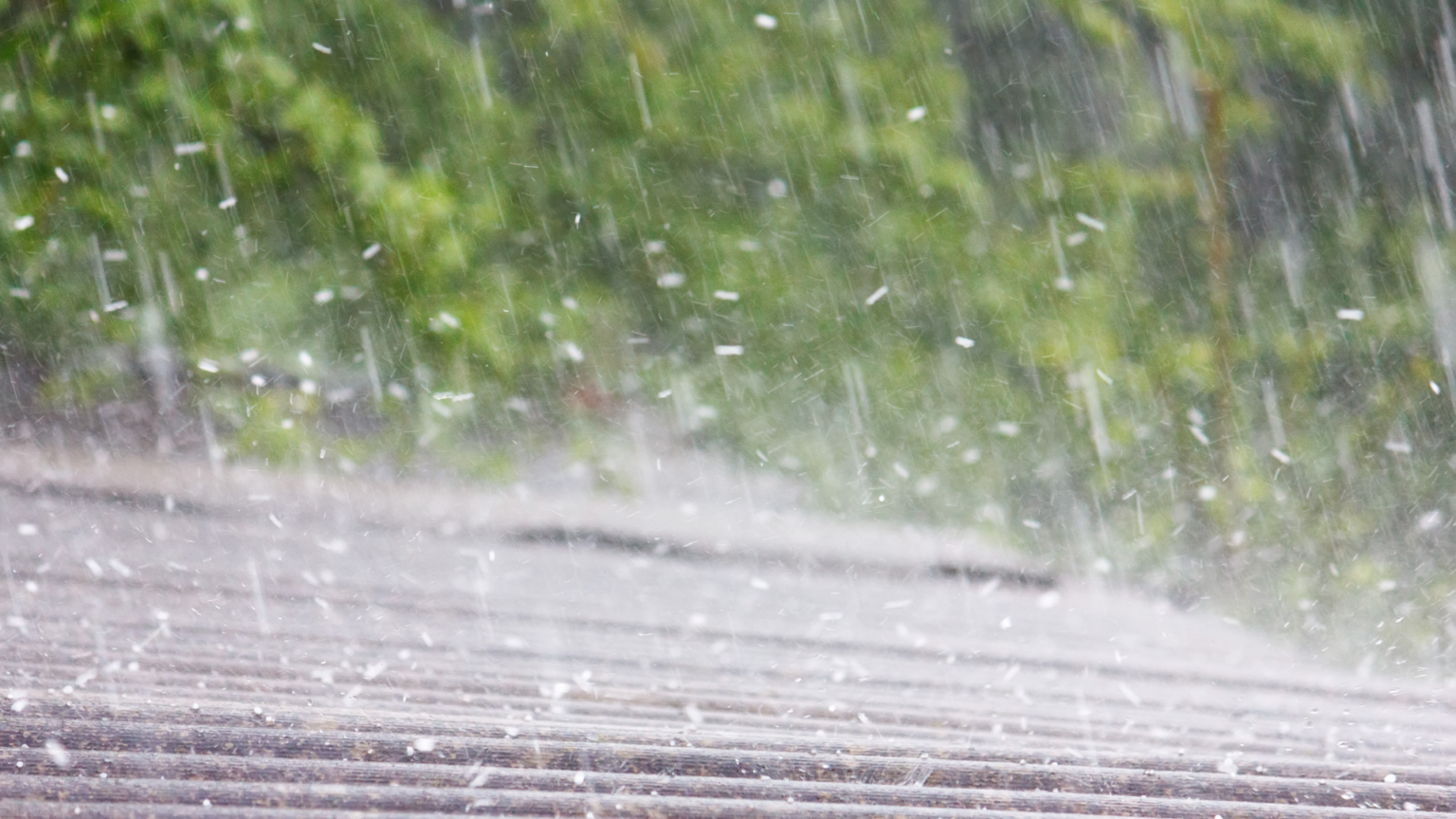
Understanding Different Types of Storm Damage and How to Address Them
Storms can unleash a barrage of destructive forces, leaving a trail of damage in their wake. From powerful winds to torrential rains and hail, various elements can wreak havoc on your home and property. Understanding the different types of storm damage and knowing how to address them promptly is essential to minimize the impact and ensure a swift recovery. In this article, we will explore common types of storm damage and provide actionable steps to address them effectively.
1. Wind Damage:
High winds during storms can cause significant damage to roofs, siding, and windows. After a storm, inspect your home for missing or damaged shingles, dented or broken siding, and cracked windows. Securely board up broken windows to prevent further water intrusion and contact a professional roofing contractor to repair or replace damaged roof components.
2. Water Damage:
Heavy rainfall and flooding can lead to water damage, compromising the structural integrity of your home and promoting mold growth. If your home experiences water infiltration, act quickly to remove standing water and dry out affected areas using fans and dehumidifiers. Discard soaked materials that cannot be salvaged and disinfect surfaces to prevent mold growth.
3. Hail Damage:
Hailstorms can cause extensive damage to roofs, siding, and outdoor structures. After a hailstorm, check for dents or cracks on your roof and siding, and assess any damages to your vehicles. Hire a professional roofing contractor to inspect your roof thoroughly and determine if repairs or replacements are necessary.
4. Flood Damage:
Flooding caused by heavy rains or storm surges can be particularly devastating. If your home is in a flood-prone area, elevate electrical systems and appliances above the potential flood level. Consider installing sump pumps and applying waterproof coatings to basement walls to minimize water infiltration.
5. Lightning Damage:
Lightning strikes can cause electrical surges that damage electronic devices and appliances. Protect your electronics with surge protectors and unplug sensitive devices during storms. If you suspect damage to electrical systems, contact a qualified electrician for inspection and repairs.
6. Fallen Trees and Debris:
During storms, trees or large debris may fall onto your property, causing damage to structures and utilities. Safely remove fallen trees and debris, and assess any damage caused. Contact professionals to repair damaged structures, electrical lines, and utility connections.
7. Roof Leaks:
Persistent rain and strong winds can lead to roof leaks. Inspect your attic and ceilings for signs of water stains or dampness. Address roof leaks promptly to prevent further water damage and potential mold growth.
8. Foundation Cracks:
Intense storms can result in soil erosion and foundation settlement, leading to cracks in your home's foundation. Inspect your foundation for any signs of cracks or shifting. Contact a foundation specialist to assess and repair any foundation issues.
Understanding the different types of storm damage is vital for homeowners to protect their property and ensure a safe living environment. Promptly addressing storm damage through inspections and timely repairs can prevent further deterioration and expensive restoration in the future. While some minor repairs can be handled on your own, it's crucial to seek professional assistance for extensive or potentially hazardous damage. By taking swift and informed action, you can weather the storms with resilience and keep your home safe and secure.






